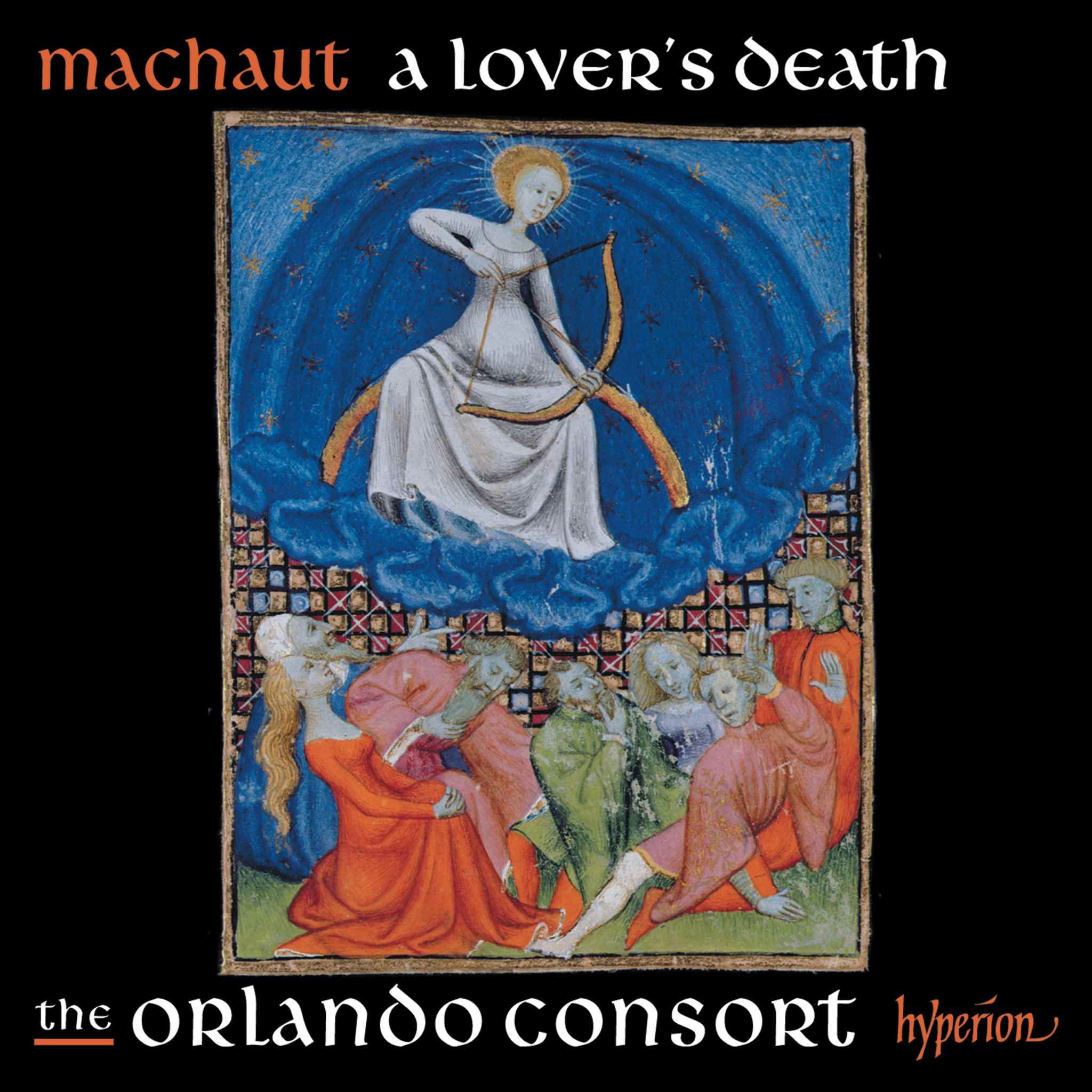Album insights
Categorizing has possibly always been a human trait. Comparisons like "Berlioz of the North" for Swedish symphonist Franz Berwald are seen; similarly, Bruges is sometimes likened to Venice, and Saint Petersburg to Buenos Aires. J. B. Morton once wrote provocatively, calling Wagner the Puccini of music, leading to frequent references in both directions. York Bowen was also dubbed the "English Rachmaninov". While somewhat accurate for his fifth and sixth piano sonatas, it oversimplifies Bowen's developmental years and style.
Edwin Yorke Bowen, born on February 22, 1884, in Crouch Hill, London, was the third son in his family. His father co-founded the distillery Bowen & McKechnie. After studying piano with Alfred Izard at the Blackheath Conservatoire, Bowen received the Erard Scholarship for the Royal Academy of Music (RAM) in 1898, where he remained a lifelong member. His name change from "Edwin Yorke" to just "Yorke" early on signified his commitment to Tobias Matthay (1858–1945), known for his eccentricities.
Bowen showed talent as a violist and horn player, joining the Scots Guards regimental band at the start of World War I. Returning home in 1916 as an invalid with pneumonia marked a point of artistic disappointment amidst the harsh realities of the time. Despite marrying in 1912, Bowen spent the rest of his life as a devoted piano professor at RAM, affectionately known to generations of students as "Uncle Yobo". His sudden death in November 1961 during a brief shopping trip ended a career spanning teaching, performing, and composing, maintaining a musical language that evolved minimally over time, akin to his fellow exiled Russian, Nikolai Medtner.
Upon leaving RAM in 1905, Bowen stepped into a world where Liszt's influence still loomed large from the peak careers of his famous students. The early 20th-century musical landscape resonated with Liszt's pianistic innovations and charisma, blending with a nearly intoxicating aesthetic in pieces like Liszt's Faust Symphony and Wagner's Tristan, as well as early symphonic poems by Richard Strauss. Bowen's contemporaries shared an enthusiasm and zeal for a common ideal, witnessed in exalted moments such as those following Richard Strauss's London performance. Yet, the disillusionment of Debussy's eventual rejection of Wagner's ideals had not yet confronted them, highlighting a shift in musical ideologies.
Saint-Saëns praised Bowen as the "most remarkable of the young British composers", a significant commendation coming from a composer who once equated composing to an apple tree bearing fruit effortlessly. Bowen's prowess on stage led to the creation of three piano concertos between 1904 and 1908, with the first and third performed under Hans Richter during the Promenade Concerts at the London Queen's Hall. By 1912, two symphonies had been well received and reviewed. Amidst societal shifts in the wake of the early 20th-century avant-garde upheavals signaled by Stravinsky's scandalous The Rite of Spring premiere and Schoenberg's Pierrot lunaire, Bowen's standing as a composer underwent drastic changes. While the insular nature of Britain momentarily delayed the inevitable fate of Late Romantics like Bowen, the apocalyptic shadow of World War I muted even towering voices like Elgar's, while figures like Frank Bridge found themselves marginalized for their unyielding expressions.
Bowen likely grappled early on with the realization that abstract romantic poetics, not bold social commentary, fueled his creative impulses. His piano works share similarities with Medtner's style, both showcasing tendencies towards narrative in shorter descriptive pieces. While Medtner's sonatas primarily rely on motivic counterpoint within conventional sonata forms, Bowen's sonatas emerge as structural miniatures in extended form, infusing tonal and chromatic expressions akin to Debussy's impressionistic musings or his English contemporaries Bax and Ireland. Bowen's fondness for dramatic closures surfaces in virtuosic fast movements, employing striking tonal shifts for heightened tension without delving into dissonance, akin to the climax in the 11th Etude of his Opus 46, suggesting parallels to composers like Blumenfeld and Bortkiewitsch more so than Rachmaninov.
Amidst these circumstances, Bowen's admirers largely hailed the 24 Preludes in all major and minor keys as his magnum opus, distilled from decades of creative wisdom. Similarly, the 12 Etudes of Opus 46, while lacking tonal completeness, display strong parallels to the Preludes, reflecting Bowen's didactic approach in highlighting technical aspects. Through his compositions, Bowen responded to changing musical landscapes, exploring narratives, technique, virtuosity, and nodding to the works of renowned composers.
Bowen's musical fragments inspired by Hans Andersen offer a rich tapestry imbued with references to famous composers and children's rhymes, reflecting Bowen's adept storytelling skills. Instead of dwelling in childlike illusions, Bowen delves into Andersen's often nerve-rattling fantasy realm, crafting poignant musical illustrations that intrigue and captivate audiences.
The Concert Etude No. 1, published in 1917, though possibly composed earlier, and other scattered works, demonstrate Bowen's dual role as a pianist and composer akin to Saint-Saëns or the Russian contemporaries of his generation. Bowen's extensive body of work deserves thorough historical examination and reevaluation, as his music, once elusive, is now being rediscovered and embraced by a growing audience.



